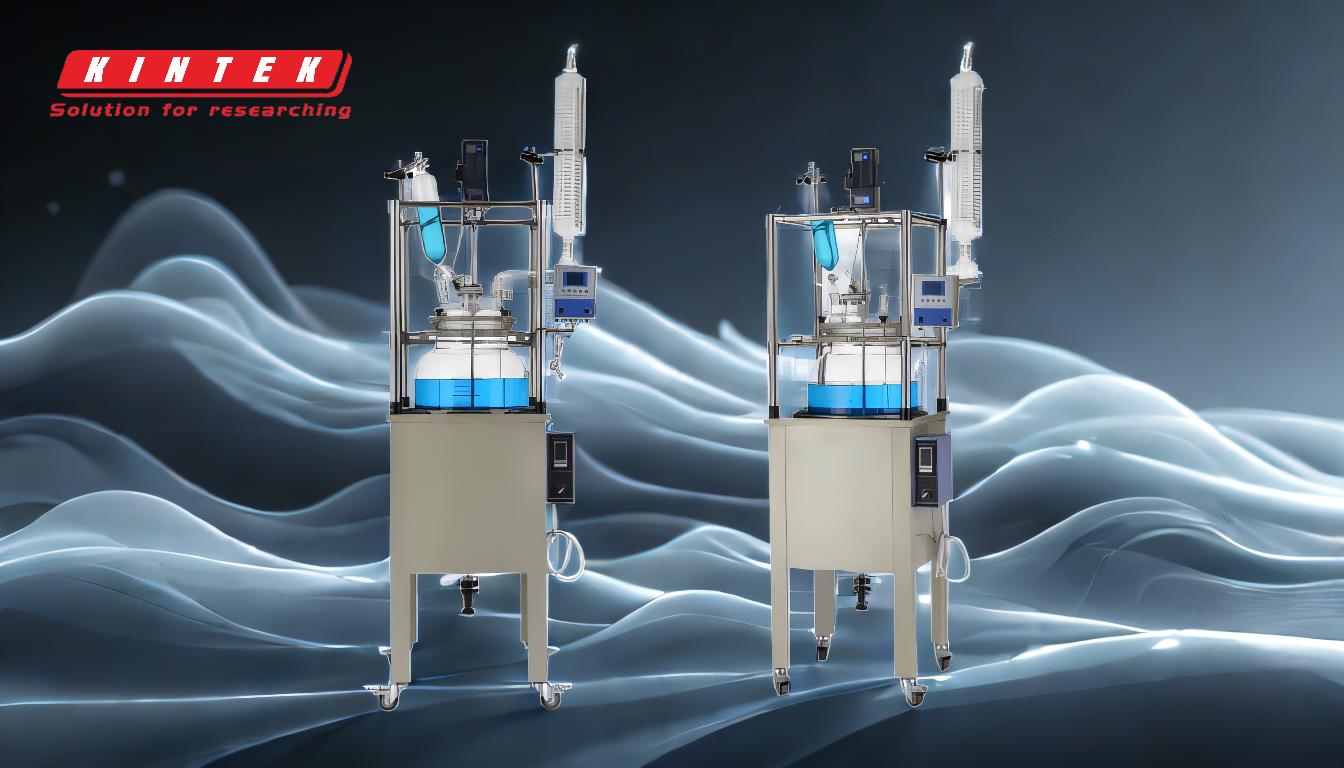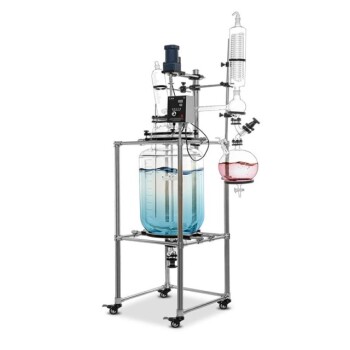Leaving a rotovap (rotary evaporator) unattended is generally not recommended due to the potential safety risks associated with its operation. These risks include implosions, explosions, solvent hazards, and entanglement with rotating parts. Proper safety precautions, such as monitoring the system, regulating vacuum power, and ensuring the equipment is securely set up, are critical to prevent accidents. While advanced rotovaps with safety features like motorized lifts and automatic shutoff systems may reduce risks, constant supervision is still advised to address unexpected issues like bumping, foaming, or equipment failure.
Key Points Explained:

-
Safety Risks of Unattended Operation:
- Implosions and Explosions: Flawed glassware or concentrating unstable impurities can lead to implosions or explosions, especially under vacuum conditions.
- Solvent Hazards: Incompatible chemicals or improper handling of solvents can cause violent reactions or contamination.
- Rotating Parts: Loose clothing, hair, or jewelry can become entangled in the rotating parts, posing a physical hazard.
-
Operational Challenges:
- Bumping and Foaming: Samples prone to bumping (e.g., ethanol) require careful regulation of vacuum power, bath temperature, and evaporation rate. Unattended operation increases the risk of uncontrolled bumping or foaming.
- Temperature Control: The water bath temperature must not exceed the boiling point of the solvent. Unattended systems may fail to regulate temperature properly, leading to overheating or solvent loss.
-
Safety Precautions:
- Secure Setup: Ensure the flask and bump trap are securely fastened with clips to prevent dislodgement during operation.
- PPE and Handling: Wear appropriate personal protective equipment (PPE) such as gloves, goggles, and lab coats. Handle hot oils and glassware carefully to avoid burns.
- Ventilation: Properly manage solvent vapors, especially during disassembly, to prevent inhalation or exposure.
-
Advanced Safety Features:
- Motorized Lifts and Automatic Shutoff: Some rotovaps are equipped with motorized lifts and automatic shutoff systems to enhance safety during power outages or dry heating conditions.
- Protective Hoods and Shields: Use shields and protective hoods with ventilation to minimize operator exposure to hazards.
-
Best Practices for Supervision:
- Continuous Monitoring: Even with advanced safety features, constant supervision is recommended to address unexpected issues like equipment failure or sample behavior.
- Experienced Operation: Experienced chemists should operate the rotovap, as they are better equipped to handle emergencies and adjust parameters as needed.
In conclusion, while advanced rotovaps with safety features can mitigate some risks, leaving a rotovap unattended is not advisable due to the potential for accidents. Proper supervision, adherence to safety protocols, and the use of appropriate equipment are essential to ensure safe operation.
Summary Table:
| Aspect | Key Points |
|---|---|
| Safety Risks | Implosions, explosions, solvent hazards, entanglement with rotating parts. |
| Operational Challenges | Bumping, foaming, temperature control issues. |
| Safety Precautions | Secure setup, PPE, proper ventilation. |
| Advanced Features | Motorized lifts, automatic shutoff, protective hoods. |
| Best Practices | Continuous monitoring, experienced operation. |
Ensure your lab's safety with expert guidance—contact us today for personalized advice on rotovap operation!











